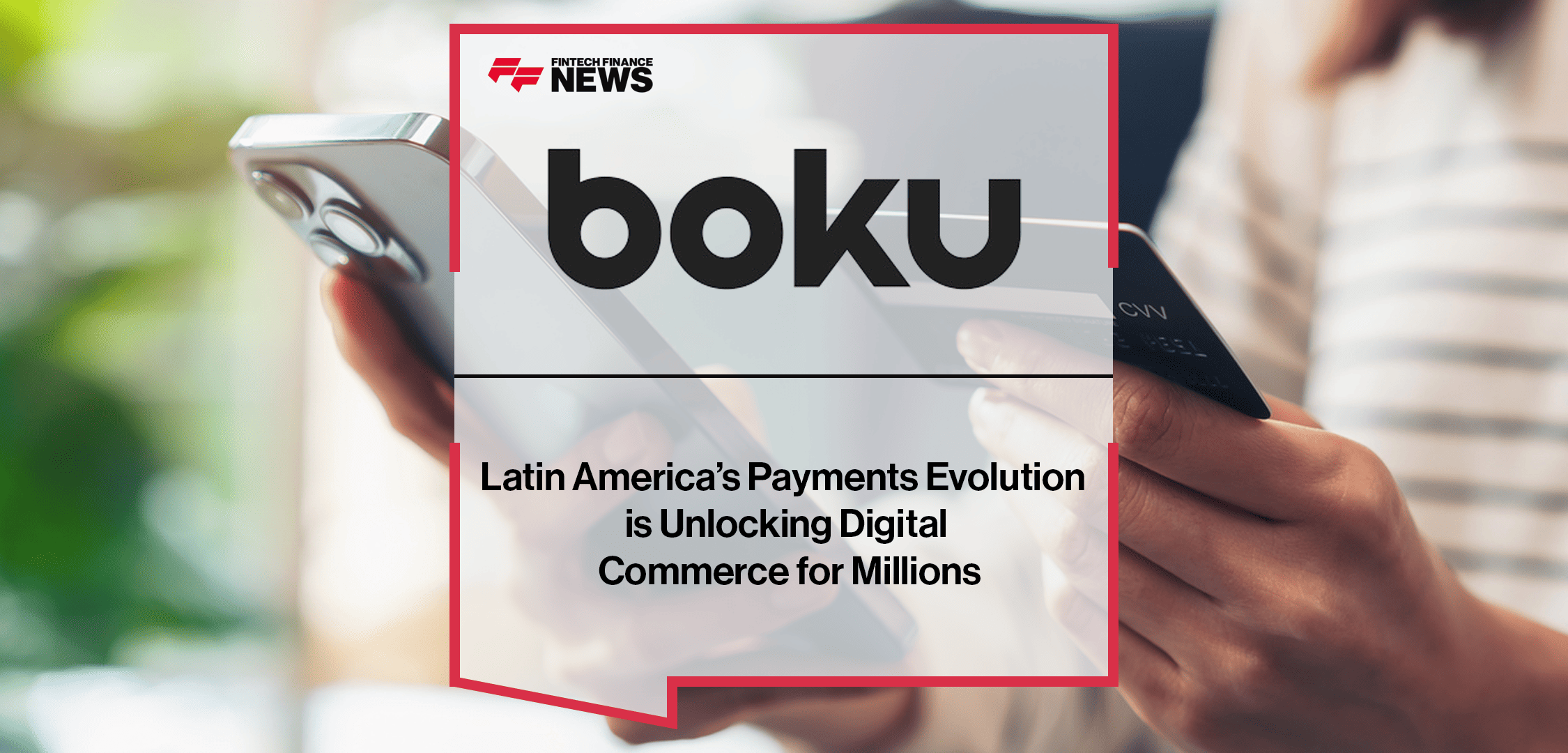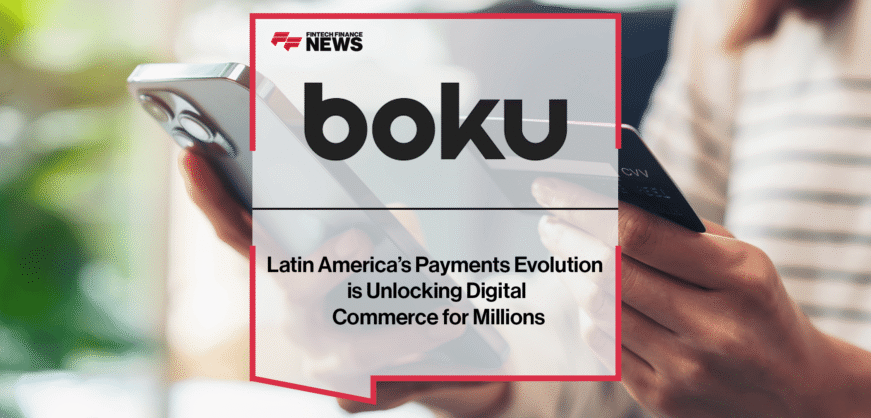Breaking News

Latin America’s Payments Evolution is Unlocking Digital Commerce for Millions
In the last couple of years, Latin America has become the go-to reference for forward-thinking fintech growth. From playing catch-up in the early days of the digital revolution, the region is now leading from the front, with bold innovation and smart regulations removing friction and complexity from the payments ecosystem.
The result is one of the world’s fastest growing fintech hubs, a vibrant ecommerce landscape and consumers empowered to buy what they want, how they want.
At the core of this revolution are digital wallets and payment platforms such as Iniciador, Nequi (Co), Yape (Pe), and Mercado Pago (Ar). These services (think a virtual wallet inside your phone) have fundamentally changed how millions of Latin Americans buy and sell, simply by erasing cumbersome barriers that long stood in the way of actually paying for things in a way that was convenient and accessible.
While some countries across LATAM – Mexico and Chile for example – rely heavily on voucher-based systems due to an embedded legacy cash culture, markets with more advanced regulatory environments – Brazil, Colombia, Argentina and Peru – are seeing increased adoption of digital wallets and account-to-account payment schemes, that allow for a more seamless and phone based payment experience.
Consumers in these markets now enjoy intuitive, streamlined payment options that let them shop and pay with just a few taps. This technological leap is a catalyst for broader economic participation and innovation. As a result, since 2017, the region’s fintech ecosystem has exploded by 340%, boasting over 3,000 fintech’s operating across 26 countries. This is the story of pent-up demand finally meeting the right kind of supply, with platforms built to deliver ease, speed, and trust.
But how did this ecommerce boom come about?
The regulation reformation
One of the single greatest drivers behind Latin America’s fintech surge is growth-minded regulation. In markets like Brazil and Argentina, regulators made the strategic choice not to protect incumbent financial services, but to open access, lower entry barriers, and welcome technology that makes commerce easier and safer for all.
Banking as a Service (BaaS) providers have proliferateded as a direct result of this approach. Instead of requiring new entrants to build from scratch, BaaS lets them plug into robust banking infrastructure through APIs, lowering costs and accelerating product development. The upshot is that specialised fintechs – such as Pomelo, Matera, Pismo, and Belvo – have been able to take advantage of existing infrastructure to build and deliver services previously unimaginable in terms of speed and reach, from instant lending to one-click payments, across urban hubs and remote communities alike.
These fintechs have been key enablers in removing the friction of buying things in an increasingly digital economy, thereby stimulating economic participation and growth.
Latin America’s ecommerce boom
This regulatory and technological shift set the scene for what’s now recognised as one of the fastest-growing ecommerce markets globally. The 2024 Boku Global Ecommerce Report projects that local payment methods will account for 58% of all global ecommerce transaction value by 2028 – a seismic change in which Latin America is having an outsized impact in driving.
Brazil is leading the charge. The region’s most populous country is responsible for around 38% of its annual ecommerce sales, which are on track to surpass $1 billion by 2030, underscoring double-digit annual growth rates and an appetite for localised digital payment solutions. Fuelling this are both the widespread adoption of smart devices and the increased sophistication of fintech solutions, that sit on top of the upgraded underlying payment infrastructure, that meet consumers exactly where they are.
Infrastructure and innovation: the catalysts for growth
Much of this progress can be traced to concrete banking and regulatory infrastructure advances; most notably, real-time payment systems, whereby funds are immediately transferred from a consumer’s underlying bank account. Brazil’s Pix stands as the region’s poster child for instant, low-friction digital transactions. Developed by the Brazilian central bank (BCB), Pix lets users send or receive money instantly, 24/7, using only a phone number or QR code. In 2024, Pix processed 64 billion transactions, outpacing both credit and debit cards by an estimated 80% in volume.
Already used by 76% of adults and over 15 million businesses in Brazil, Pix processes about 45% of all payments in the country, with 30% of ecommerce payments also flowing through the platform. The Pix model is continuing to evolve and expand, in the Brazilian Open Finance Framework, features like Pix JSR (tap-to-pay/NFC), Pix Automático (for recurring payments), and the anticipated Pix Parcelado (BNPL) are continuing to push boundaries.
The push for principality
As payments become frictionless and instantaneous, the region’s banking dynamics are shifting. The competitive fight across the sector is focused now on “principality” – the ability to own the primary customer relationship in a world of commoditised payment services, enabled by interoperability.
FinTech’s and neobanks are advancing by focusing on user experience, personalisation, and engagement. Their user-friendly platforms, low fees, and seamless digital experiences help them grab attention, often beyond traditional banks’ reach.
Regulatory expectations around payment interoperability (Pix in Brazil, Transferencias 3.0 in Argentina, Bre-b in Colombia) have created a level playing field. Now, the real difference-maker is brand loyalty built through frictionless customer journeys and innovative digital services.
Venture capital has followed suit, pouring $4.2 billion into Latin America’s fintechs in 2024 alone – a 27% annual growth rate that signals both the sector’s current maturity and its ongoing potential.
Challenges, considerations, and collaboration
Growth, as ever, introduces new considerations. As digital financial services multiply and the payment ecosystem opens further, the risk of scams, fraud, and data breaches correspondingly rises. Collaboration between fintech’s, regulators, telecoms, and financial institutions is going to be key to countering the threat and maintaining a friction-free environment for consumers and merchants.
The regulatory frameworks in Brazil, Argentina, Columbia, Mexico and Peru now mandate QR code and payment interoperability, but these must be matched with ongoing commitments to consumer protection, education, and data privacy.
The challenge is a two-parter: make digital payments easy, make them secure. In the burgeoning A2A payments space, for example, users can be vulnerable to scams and misuse if safeguards lag behind adoption, a trend that has been witnessed in Europe as open banking expands. Regulation that fosters innovation while enforcing robust security will be what truly cements this new era.
Thankfully, with the likes of Pix and other schemes, the region’s governments have already shown themselves to be on the front foot when it comes to the regulatory frameworks underpinning successful fintech and e-commerce innovation.
The Wallet at the heart of Economic Evolution
The payments revolution in Latin America is at the crest of a wave of global payments innovation. Maintaining momentum relies on trust in the ecosystem: if digital payment services aren’t reliable, people will quickly revert to cash.
Regulation acts as the necessary headwind and tailwind, sometimes challenging, but mostly propelling change. The real task, after the triumph of regulation and infrastructure, will be an ongoing one: to keep building on this foundation, introducing even more contextual, reliable, and secure services.
Payment providers, empowered by a progressive regulatory climate and a new generation of fintech innovation, are now at the heart of Latin America’s digital evolution. By removing friction, they’re unlocking entirely new payment frontiers for consumers and merchants, enabling seamless, convenient, and friction-free access to Latin America’s growing digital economy.
People In This Post
Companies In This Post
- Latin America’s Payments Evolution is Unlocking Digital Commerce for Millions Read more
- Boku Deepens LATAM Commitment, Readies Merchants for Brazil’s Digital Payments Revolution via Pix Read more
- MAPFRE is the Largest Multinational Insurance Company in Latin America Read more
- African Development Bank Group’s Office of Integrity and Anti-Corruption Partners with Special Investigations Unit to Combat Financial Crime Read more
- The 4th Edition of the Africa Fintech Forum to Shape the Future of Finance in Kenya on October 15 Read more
















